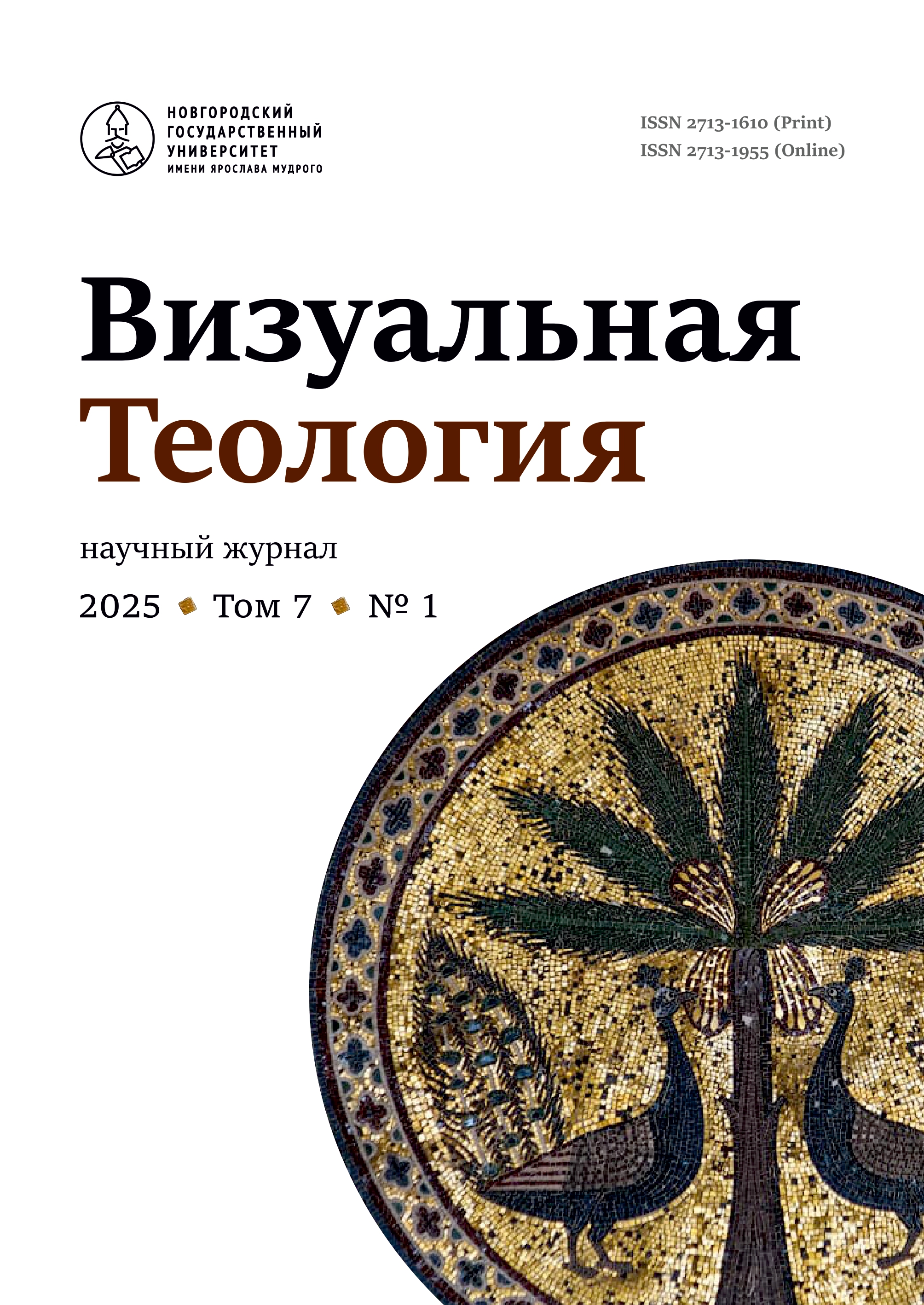Visualization of eschatological semiotics in informational discourses of modern marginal Orthodoxy
Abstract
At present, eschatological and apocalyptic issues are acting as a stable driver for the development of popular religious discourse. At the same time, marginal groups of religious people are actively using apocalyptic semantics on the Internet to develop their own pragmatic strategies. Eschatology is a hermeneutical model that allows basic mythologems to be combined into a coherent system. Eschatological thinking simultaneously forms the context for the interaction of these mythologems and provides a tool for their interpretation and transmission. The important semiotics element of modern eschatological visualizations is the precedent text by analogy with which new images are constructed. That eschatological semiotics is well represented in the non-canonical iconography of the holy Youth Vyacheslav (Slavik Chebarkulsky). While there is a combination of elements from various semiotic codes, the horse, determined by the iconic plot, is replaced by a bicycle, and the ‘snake’ is replaced with an image of a dinosaur. Active semiotization of eschatological plots, actualized through opportunistic hermeneutic interpretation of modern events, includes graphic images that are conditioned by artistic interpretations of repressions from the 1930s to 1950s. At the same time, stereotyped plots and images migrate from one alarmist publication to another. The corresponding visual discourse also includes standard elements of computer graphics widely circulated on the internet, such as emoticons, which have simplified and caricatured facial features. The kinship of these images with some aspects of rock culture is not in doubt. In addition, the dynamic of the pictorial eschatological narrative was actively influenced by the information environment in a global epidemic situation. The appropriate semiotic code combines traditional and modern elements


